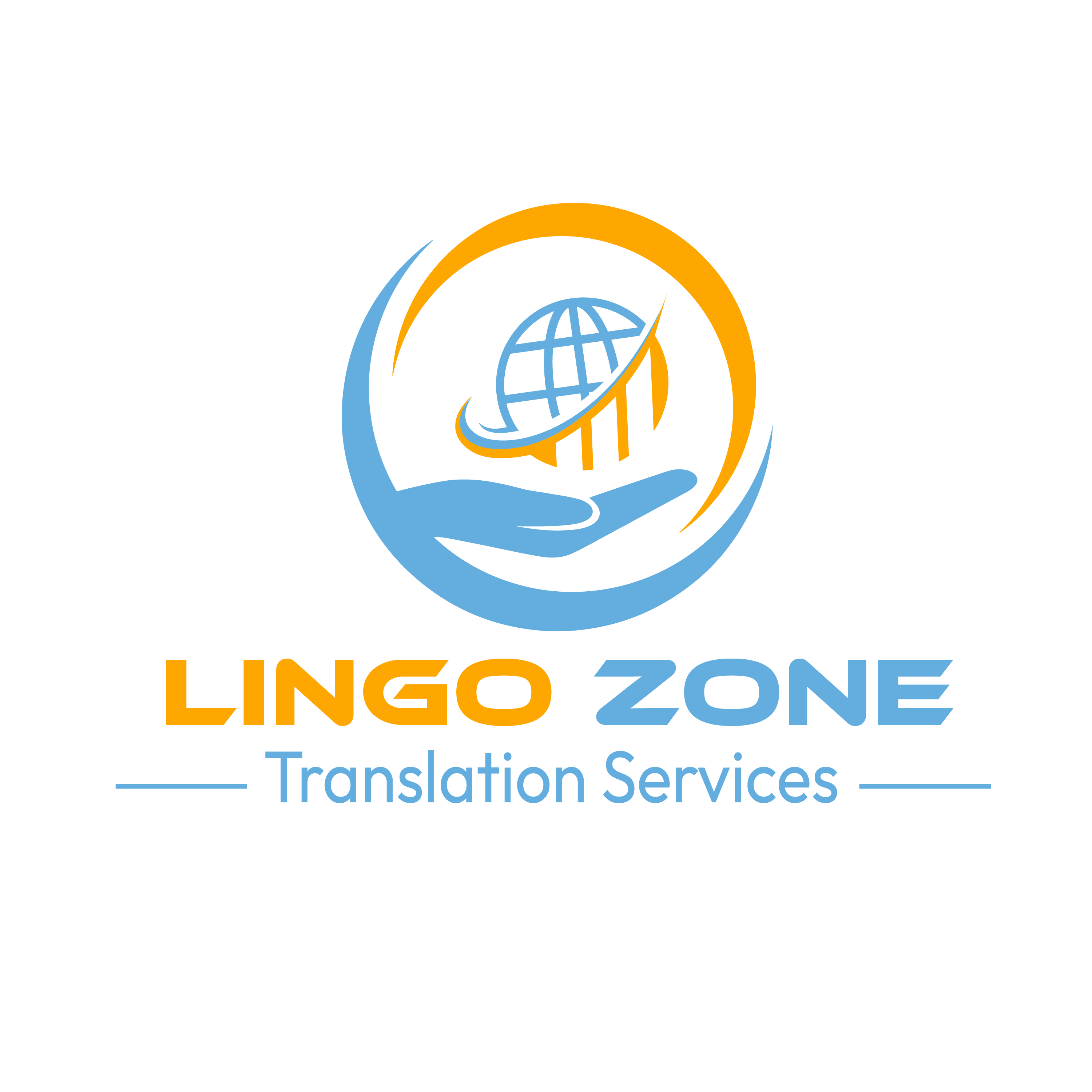
Introduction
Did you know almost 50% of technical documents fail to meet the required quality standards due to poor translation? That’s a huge number, and it highlights the critical importance of getting it right.
We know translating technical documents is no walk in the park. It’s a complex process that requires a unique blend of language expertise, technical know-how, and cultural sensitivity. A single misstep can lead to costly errors or, worse, misunderstandings that could have serious consequences.
That’s why we’ve drawn on our years of experience to come up with a list of 5 actionable tips for translating technical documents. Let’s begin.
Tip 1: The Importance of Subject Matter Expertise
Technical documents are packed with jargon, acronyms, and specific terminology. It’s like trying to translate a foreign language within a language. That’s why it’s crucial to have a solid grasp of the technical terms used in your industry.
A professional technical document translation in Dubai hinges on the translator’s in-depth knowledge of the subject matter. This is where many translations fall short. A generalist translator may struggle with the nuances of specialized terminology and industry-specific contexts. To ensure accuracy, it’s crucial to partner with a translation agency that employs translators with expertise in your specific field.
Imagine hiring an automotive expert to translate legal documents! So, choose wisely.
Tip 2: Adhering to the Technical Writing Principles
There are certain rules and protocols every sound writer follows to hit the bull’s eye when it comes to creating technical documents. Technical writers strive to generate documents that are easy to understand, accessible, and streamlined.
This means:
1. Removing the filler text and keeping what’s necessary.
2. Not using the Thesaurus to make your content look smart. Keep it simple and concise with short sentences so anyone can understand the translated text.
3. Having ample resources to effectively translate the respective documents. You can actually help translators here by providing the professional translation agency with a glossary of technical terms with translations. This glossary should include both source and target language terms, definitions, and usage examples. In this way, the correct translation will be used for every technical word across all translations, which can be further improved with technologies like translation memories.
Tip 3: Being Culturally Sensitive and Accurate
Technical documents often cross language and cultural boundaries. What might be clear and concise in one culture could be ambiguous or misleading in another. It’s essential to consider cultural differences when translating technical content. For example, units of measurement, date formats, and number systems vary across cultures.
A skilled translator will not only translate the words but also adapt the content to suit the cultural preferences of the target audience. This involves understanding local customs, business practices, and regulatory requirements.
Tip 4: Don’t Underestimate the Formatting and Layout
Good looks matter even in the world of professional translators. The visual presentation of a technical document is just as important as the content itself. Consistent formatting and layout enhance readability and comprehension. A well-formatted document improves the overall user experience.
Translators should pay close attention to:
Font styles and sizes: Maintaining consistency throughout the document.
Headings and subheadings: Using clear and informative headings.
Lists and tables: Preserving the original structure and formatting.
Images and graphics: Ensuring accurate translation of captions and labels.
Page layout: Maintaining the overall layout and design of the document.
Tip 5: The Criticality of Quality Assurance
Even the best translators can make mistakes. That’s why a rigorous quality assurance process is the final checkpoint before delivering the translated document. It involves multiple levels of review, including language checks, terminology verification, and style consistency.
To maintain high-quality standards, consider implementing a feedback loop with subject matter experts. Their input can help identify and rectify any errors or misunderstandings.
Why Choose Us For Technical Documents Translation?
We redefine the standards of technical document translation. Our team of seasoned linguists, coupled with advanced translation technologies, ensures precision, accuracy, and cultural sensitivity in every project.
We specialize in handling complex technical content across various industries, from engineering and healthcare to IT and automotive. You can trust us to help you overcome language barriers and achieve global success with our deep understanding of industry-specific terminology. Take a leap of faith by enquiring about our services for free.
Conclusion
Translating technical documents is a complex process that requires a combination of language expertise, subject matter knowledge, cultural sensitivity, and attention to detail. By following these tips and partnering with a reliable translation agency in dubai, you can ensure that your technical content is accurately and effectively communicated to your target audience. Let’s work together to create exceptional translations that drive results.



